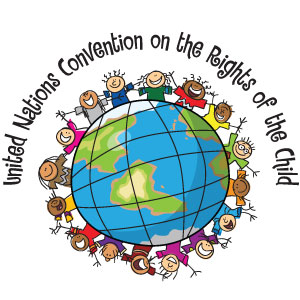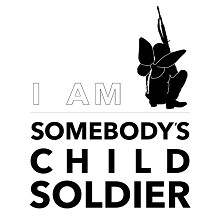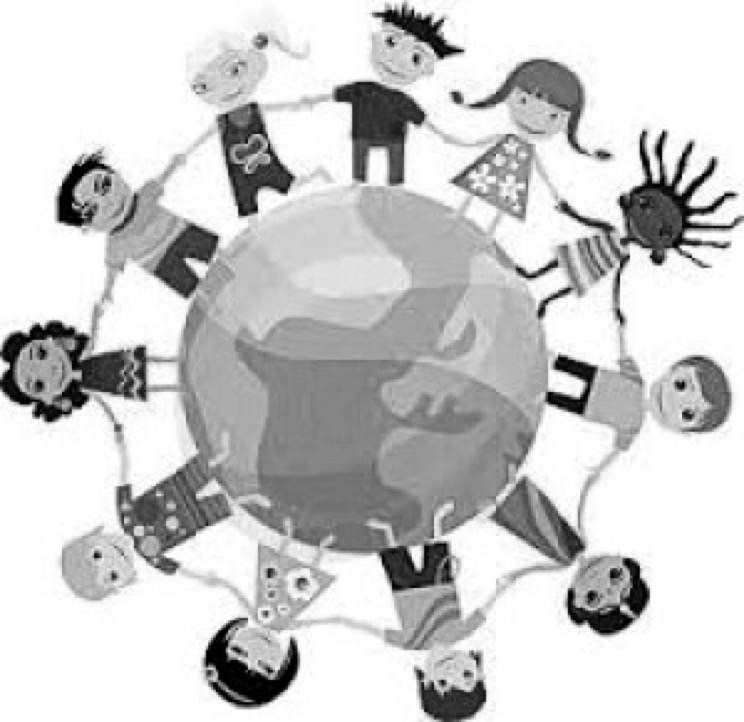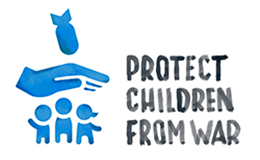Protection of Children Associated with Armed Forces And Groups: what international law says
When participating in a war, children are denied their rights in various ways; they are abused, neglected, deprived of education and healthcare and, in some cases, forced to witness the killing of innocent civilians and loved ones. In response to this worrying situation, international law has been taking action in favour of those rights since the late 1980s. This blog concentrates on the body of law and policy that has been most influential in protecting the rights of children associated with armed forces and groups.
The Convention on the Rights of the Child

The first reference point for protecting the rights of children is the Convention on the Rights of the Child established by the United Nations in 1989. It is the most widely ratified international human rights treaty in history since 195 countries have ratified the Convention – except South Sudan and the United States – and hence have agreed to take all available measures to ensure that children’s rights are respected and fulfilled. The convention defines a ‘child’ as a person below the age of 18 and objects against inhuman behaviour and discrimination towards children. Article 38 specifies the obligation of the governments to protect and care for children affected by war while Article 39 emphasises the importance of delivering rehabilitation to child victims in terms of their physical and psychological recovery.
The Optional Protocols of the Convention on the Rights of the Child
A second and more specific legal intervention to ensure the compliance of child rights is the second optional protocol of the Convention on the Rights of the Child implemented in the year 2000. This regulation focuses on the involvement of children in armed conflict and has increased the minimum age for direct participation in conflict from 15 to 18 (Article 1), thereby prohibiting the conscription or forced recruitment of individuals below the age of 18 (Article 2). Since 2014, the third optional protocol allows former child victims to submit complaints about their rights’ violations.
Current laws on child labour
Besides this international agreement, other international policies have been implemented. Indeed, according to the International Criminal Court of 1998, conscripting or enlisting children under 15 years of age to participate in armed conflict is a war crime. Furthermore, the International Labour Organization’s Worst Forms Convention of 1999 prohibits children’s involvement in armed conflict and considers their recruitment as the worst form of child labour. Other atrocious types of work that youngsters are coerced into include obligation bondage, child trafficking, slavery, prostitution, sexual exploitation and pornography, and drug production and trafficking.
The Paris Commitments and the Paris Principles
To end the use of children in war and armed conflict, Paris held a major international conference – the “Free Children from War” – in 2007. This followed and was based on “the Cape Town Principles” adopted in 1997 that provided guideline implementation strategies for preventing the recruitment of children, demobilising child soldiers and helping them to reintegrate into society.
Overall, 105 governments endorsed legal and operational principles in the Paris Commitments and in the Paris Principles. The latter are complementary to the Paris Commitments and provide an effective framework to achieve two main priorities: ending the use or recruitment of child soldiers and encouraging the enforcement of the principles. To name but a few of the most powerful aspects, the Paris Principles focus on the prevention of the recruitment and use of children in armed conflict, the provision of security to local communities, the release of children enlisted and reintegration programme strategies.
Looking back over the past 10 years, the conclusion is that recruitment has decreased and 65,000 children have been released from armed forces and groups, more specifically, in the Democratic Republic of the Congo (20,000), the Central African Republic (9,000) and in Chad (1,600). Henceforth, while maintaining the objectives, the Paris Agreements aim to increase resources to facilitate reintegration programmes that support all children who have been affected by armed conflict.
Give every child a new start
Although progress has been made, as former child combatants have been released, their return to their communities is challenging because they are not always accepted back. Throughout its programmes at Laroo ADRA School in Gulu, Uganda, I am Somebody’s Child Soldier (IamSCS) aims to give back dignity and a new start to children who have participated in the war perpetrated by the Lord’s Resistance Army (LRA). Thanks to you, we can give these individuals the opportunity to shape their own futures through a protective environment, that is, in conditions of peace and security.
Sources:
http://www.ohchr.org/EN/ProfessionalInterest/Pages/OPACCRC.aspx
https://www.unicef.org/media/media_94892.html
https://www.unicef.org/chinese/protection/files/Armed_Groups.pdf
http://www.ohchr.org/EN/HRBodies/CRC/Pages/CRCIndex.aspx
https://www.unicef.org/crc/files/Rights_overview.pdf
http://www.refworld.org/docid/465198442.html



